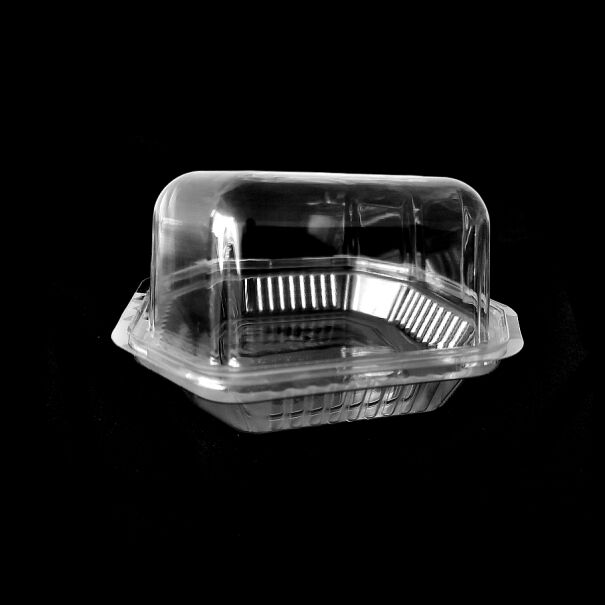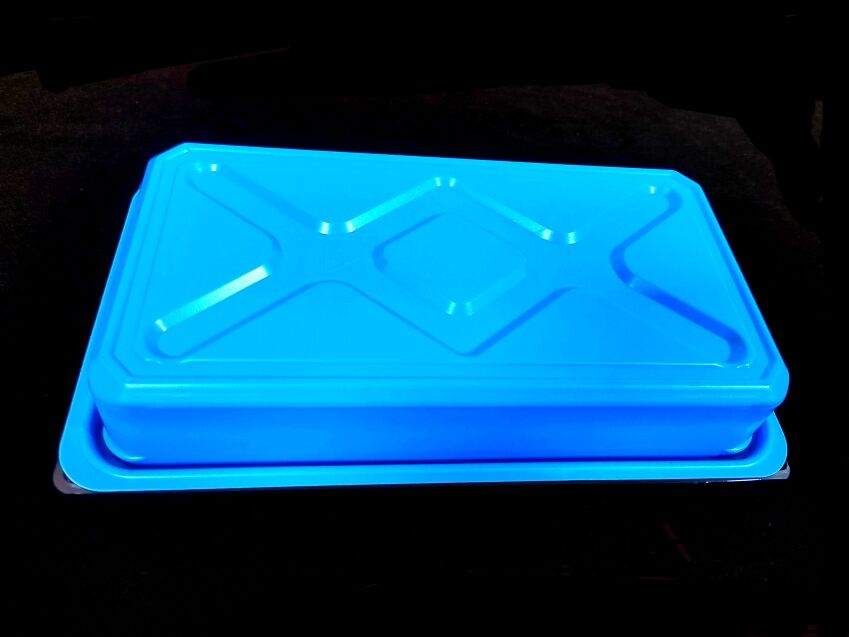plastic lid price
Plastic lid pricing represents a crucial aspect of packaging solutions, encompassing various factors that influence the final cost of these essential components. Modern plastic lids are engineered with advanced materials and manufacturing processes, offering diverse solutions for different container types and applications. The price structure typically reflects the complexity of design, material quality, production volume, and specific requirements such as food-grade compliance or tamper-evident features. Manufacturers consider factors like durability, seal integrity, and ease of application when determining pricing tiers. These lids are available in various styles, including snap-on, screw-top, and push-to-seal designs, each with its own price point based on functionality and manufacturing complexity. The market offers options ranging from basic single-use lids to premium reusable alternatives, with prices varying accordingly. Material considerations, such as polyethylene, polypropylene, or specialized polymers, significantly impact the final cost. The pricing structure also accounts for customization options, including color choices, embossing, and specialized coatings that enhance functionality or aesthetic appeal.


